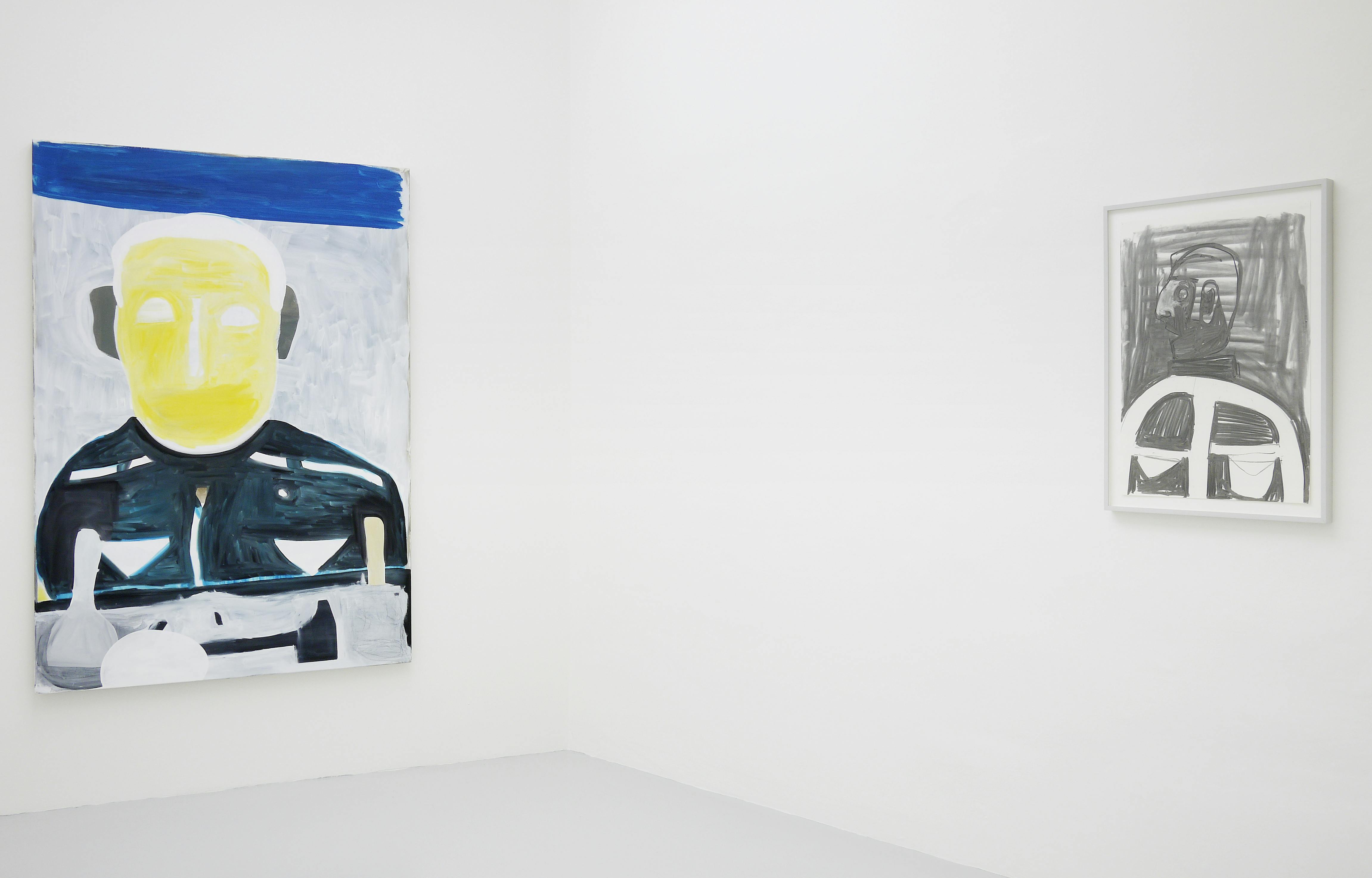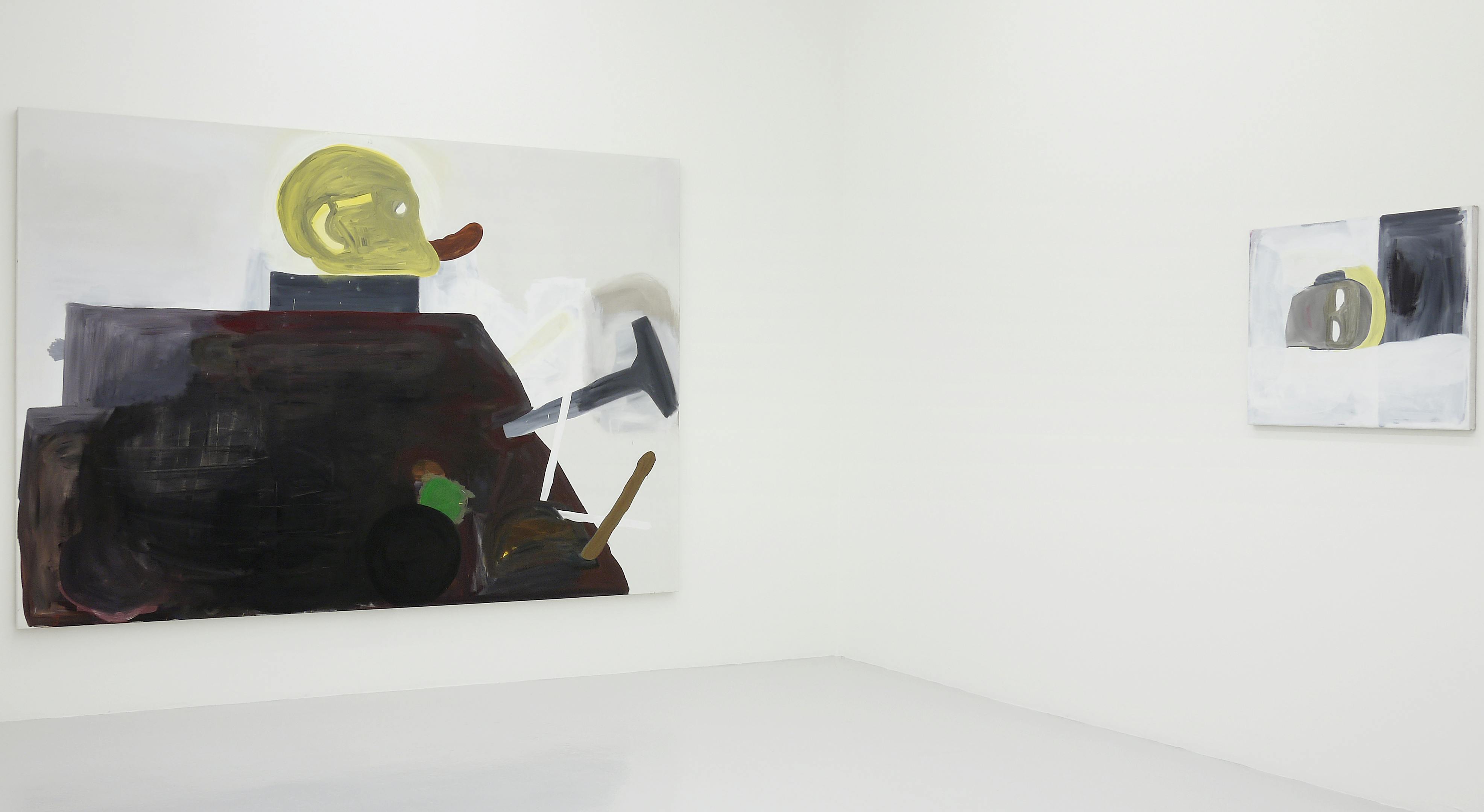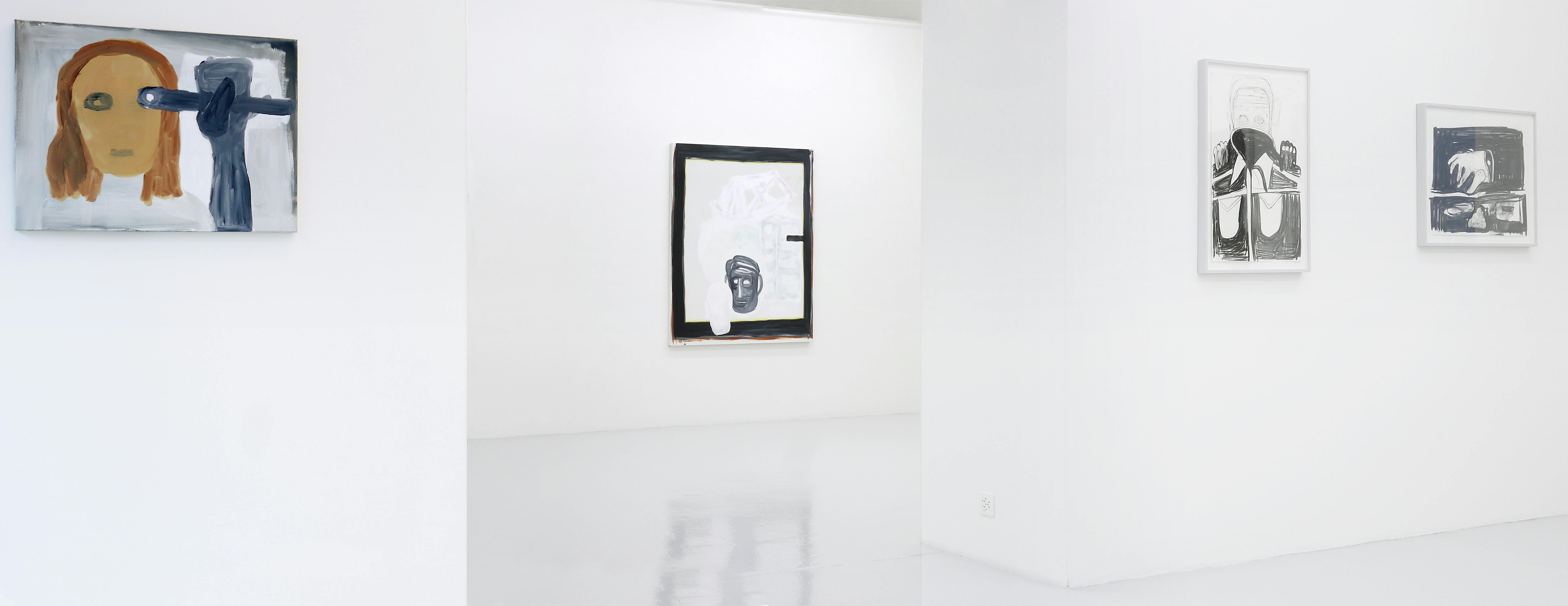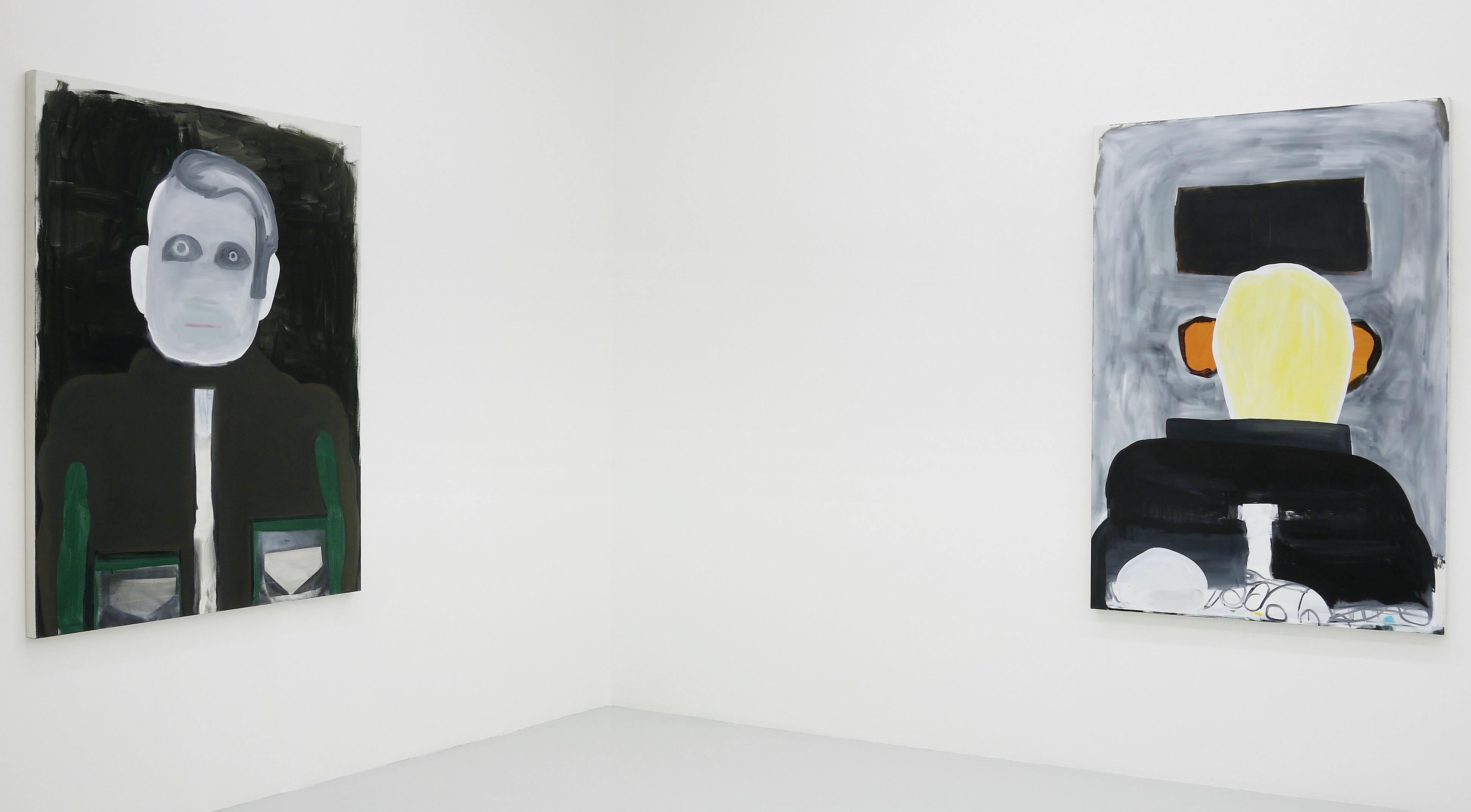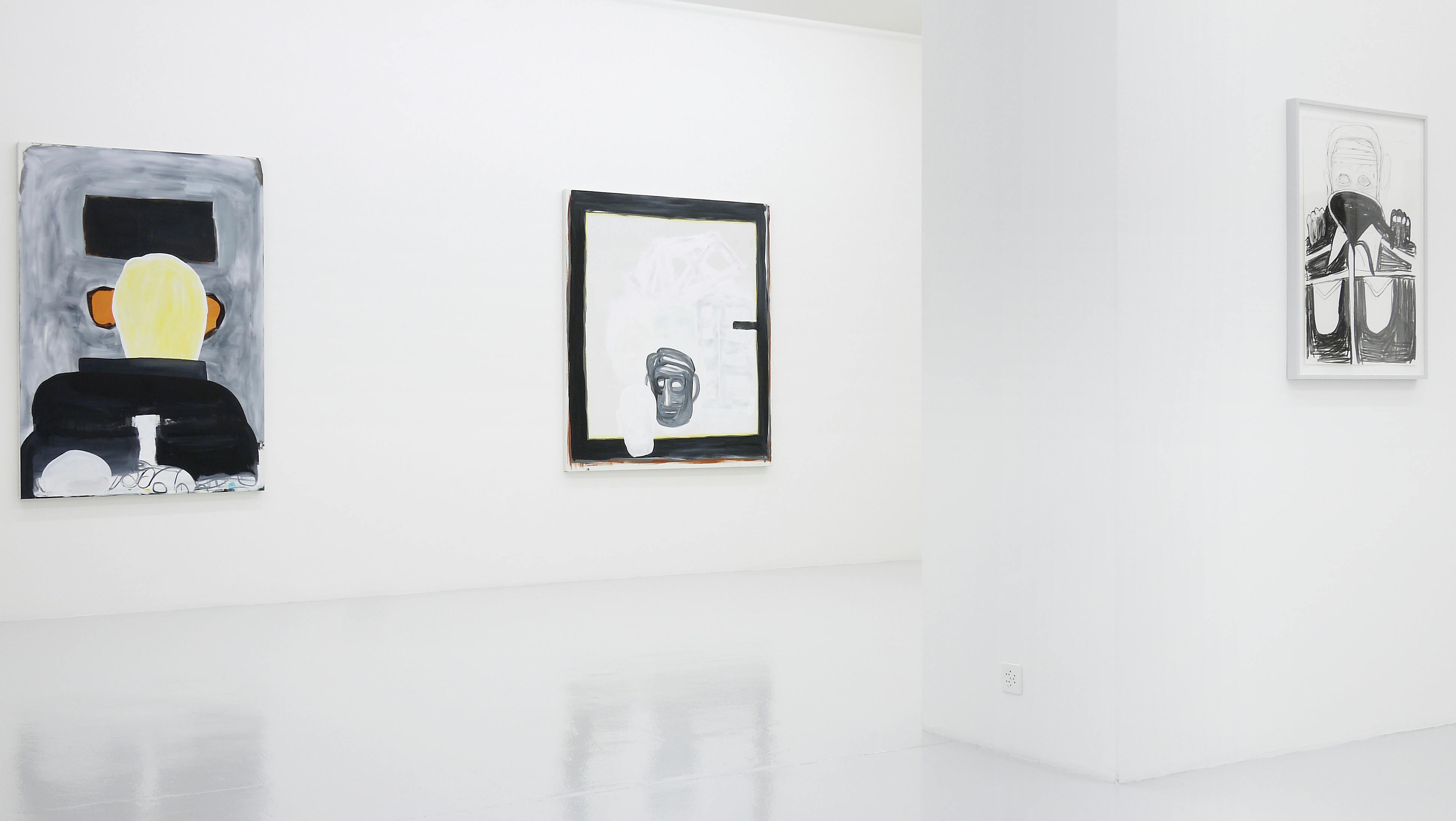Painting means to make what I see comprehensible to myself. I paint the things within my reach. They are the basis for making discoveries. The challenge is to work against simply “succeeding”. The more the picture eludes control and loses its calculated options, the closer I can get to a formulation that feels “right”. (Matthias Zinn)
We are happy to be able to present the second exhibition of Matthias Zinn at Galerie Mai 36 (after the one in 2009). The artist – born 1964 in Tegernsee, now living in Berlin – has with his drawings and paintings gained increasing recognition these past years. Thus he was prominently represented, among other places, in a 2010 comprehensive group of works at the exhibition “Ambigu – Contemporary Painting between Abstraction and Narration”, where Kunstmuseum St.Gallen undertook to show programmatic positions of present-day art.
Matthias Zinn finds his subjects in his immediate living and working environment; he observes them on a daily basis and can study them in depth. Whether it is a table with the obligatory painting utensils, an easel, a chair in the room, a shoe or a shirt thrown carelessly on the floor, a view out of his studio window onto the houses and facades opposite, a solitary tree, a deserted playground or simply a hill. Familiarity with things and places is necessary so that they can turn unfamiliar to the artist in the act of painting them. ”Zinn’s motifs, which form the starting point for a concentrated, introspective painting process, are literally close at hand [...]. He takes time for thorough studies before painting the objects and places, going through a phase of internalization in order to gain some distance and leave the concrete appearances of the world of things behind him before, with the means of painting at his disposal, arriving at the essence.” (Stefanie Kasper, Wahrnehmung mittels Malerei” in: Ambigu. Zeitgenössische Malerei zwischen Abstraktion und Narration, Kunstmuseum St.Gallen, 2010, p. 88.)
In his most recent work phase, his specific world of motifs have been joined by a number of human heads, portrayed frontally, from behind, from the side, alone or in bold compositional combinations with the usual inventory of objects. The heads remain mostly reduced to a schema, their compactness one of archaic force. Whereby to Zinn the question is less that of a concrete individual, the presentation of an emotion or of a state of mind, and more the counterpart per se, the recording of a human face as one of the primal foundations of painting.
Whereby Matthias Zinn’s oeuvre moves away from the seen and experienced reality in order to arrive at the essence in the world of things. Reality is captured and translated into an autonomous painterly form, literally abstracted – and this not only formally, but in a genuinely conceptual approach: In the end, Matthias Zinn’s priority is always to manifest the autonomy of painting.
For me the question of figuration or abstraction is not decisive. Finding a pictorial answer is an abstract process in which both poles come together. I can only translate the idea I have of an object into a picture if I approach it from a non-objective angle, in order to then arrive again at an objective formulation. (Matthias Zinn)






